Here's a breakdown of dental autoclave cycle times, focusing on practical factors:
Content
Instrument Type:
Solid tools (forceps, scalers): Faster cycles.
Hollow items (handpieces, syringes): Require longer sterilization/drying.
Packaging:
Unwrapped instruments: Quicker processing.
Pouched/wrapped tools: Added time for steam penetration and drying.
Load Size:
Half-empty chambers extend cycles versus full (but not overloaded) loads.
Gravity Displacement (N-Class):
Longest cycles due to passive air removal.
Drying phase often inefficient; instruments may emerge damp.
Pre-Vacuum (B-Class):
Shortest full cycles via active air removal.
Vacuum drying drastically reduces cool-down time.
Steam-Flush Pressure Pulse (SFPP):
Mid-range speed; balances air removal efficiency and simplicity.
Heat-Up: Chamber reaches sterilization temperature (varies by model).
Sterilization Hold: Sustained high heat to kill pathogens (longest phase).
Drying: Critical for packaged tools; vacuum-assisted models excel here.
Cool-Down: Safety period before unlocking the door (prevents burns).
Express Cycles: For unwrapped, non-hollow tools (emergency use only).
Standard Cycles: Typical for mixed loads/pouches (most daily use).
Complex Cycles: Required for dense packs or hollow items (e.g., handpieces).
Prep Time: Cleaning instruments before loading.
Cooling Handling: Waiting for pouches to cool before storage.
Validation: Biological testing adds non-runtime hours weekly/monthly.
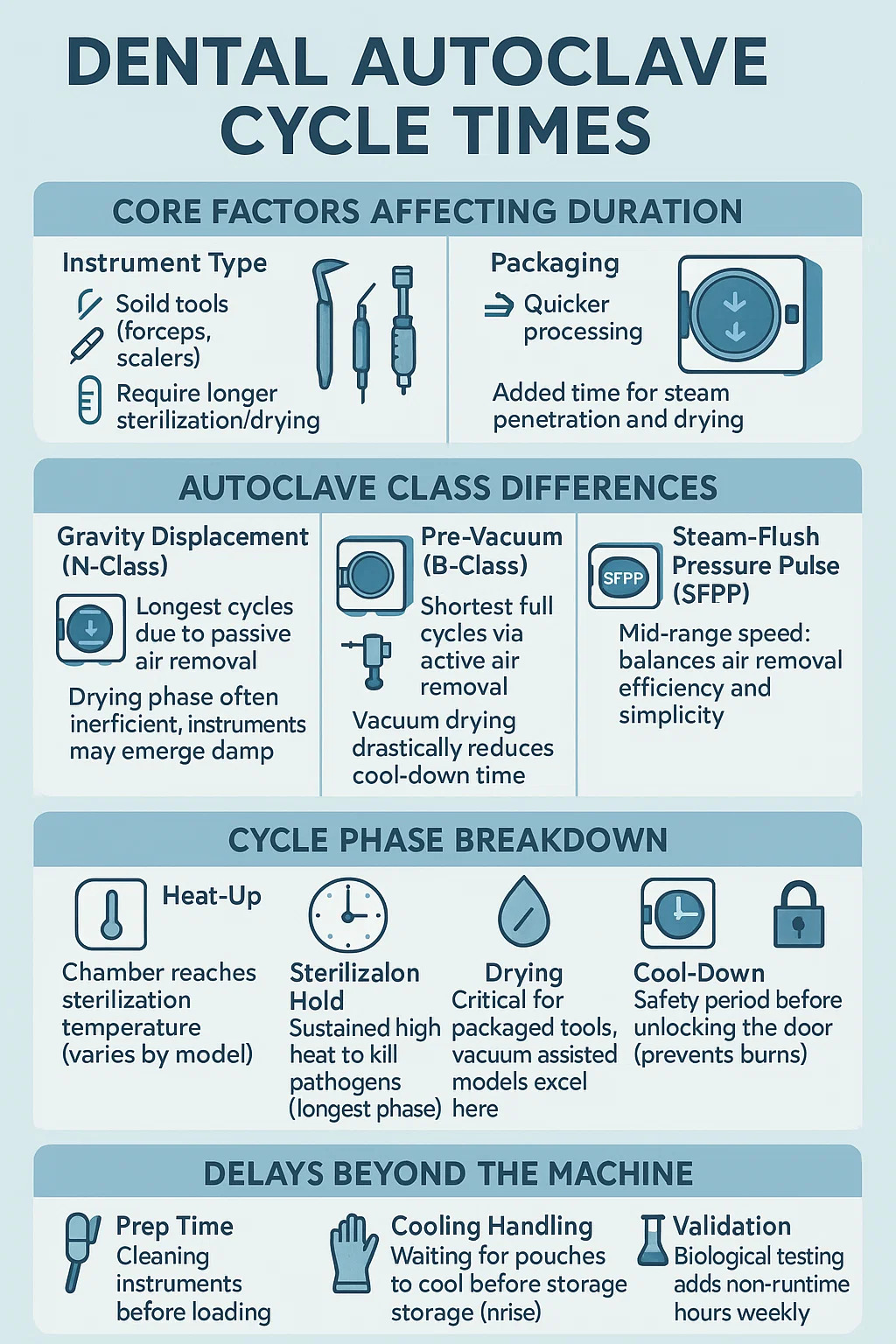
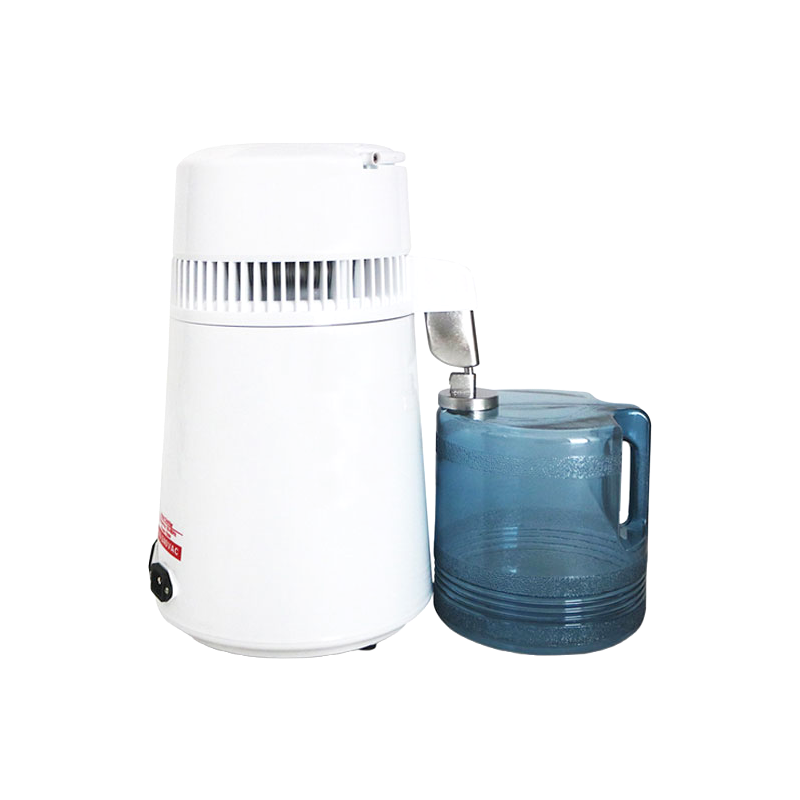
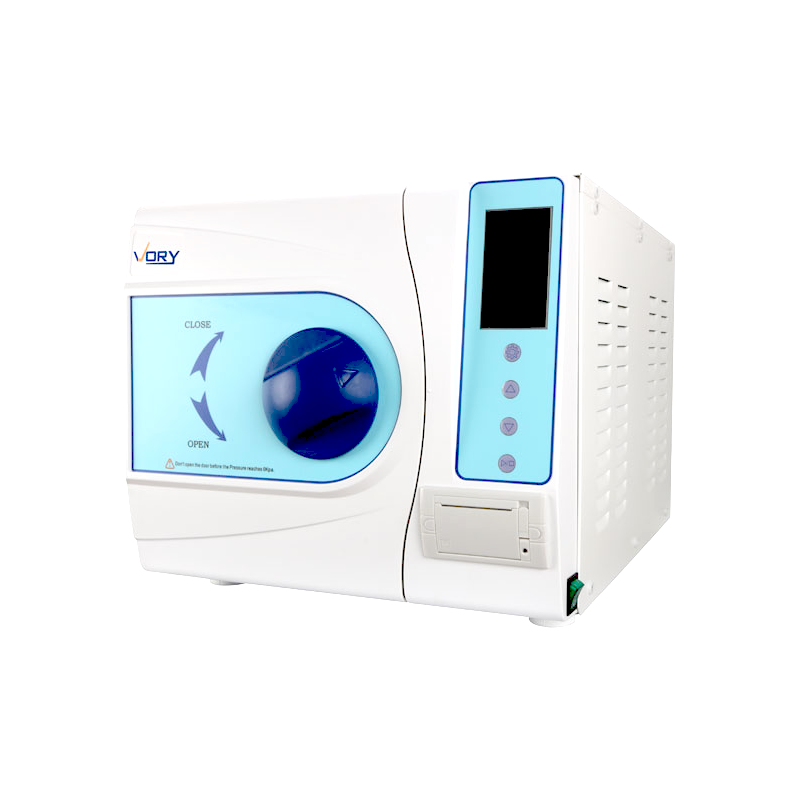
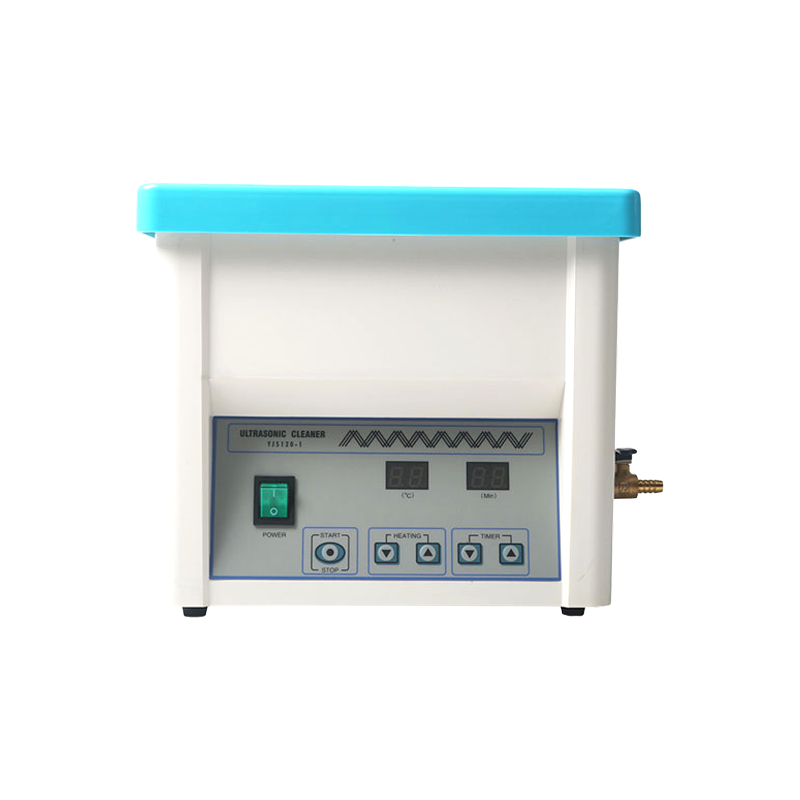
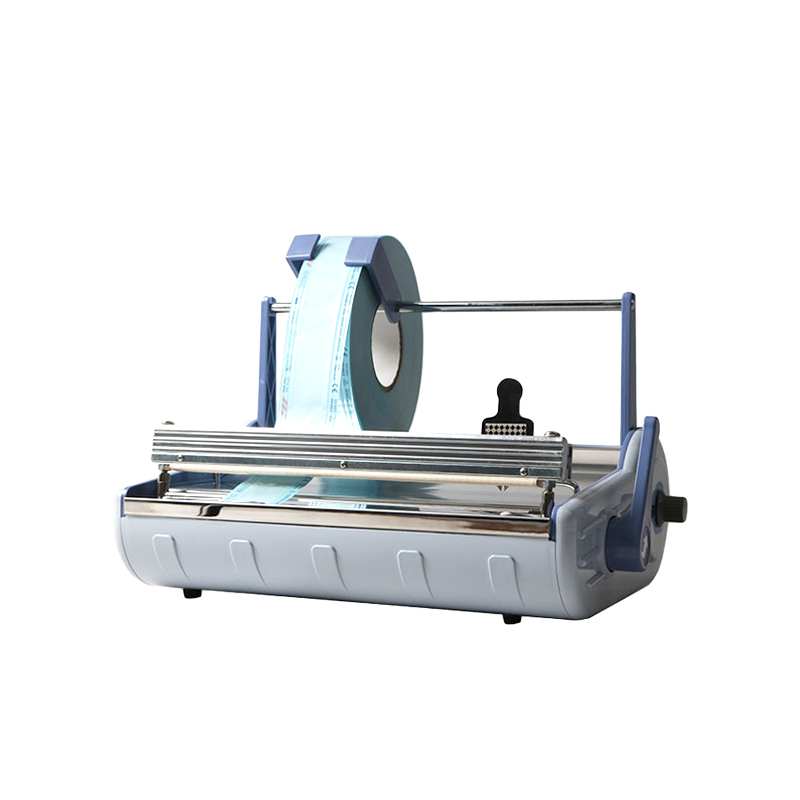
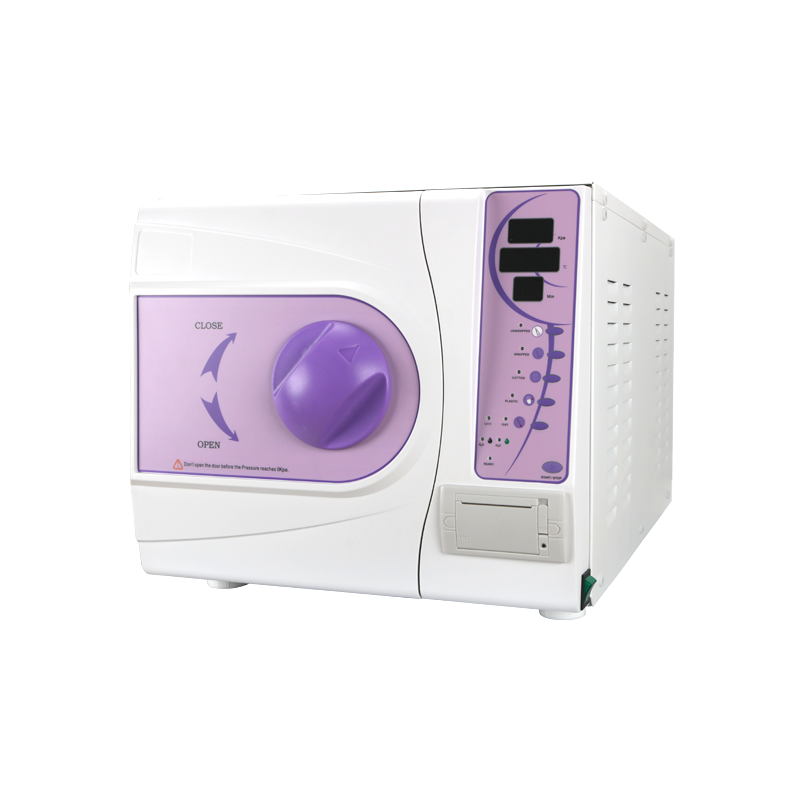
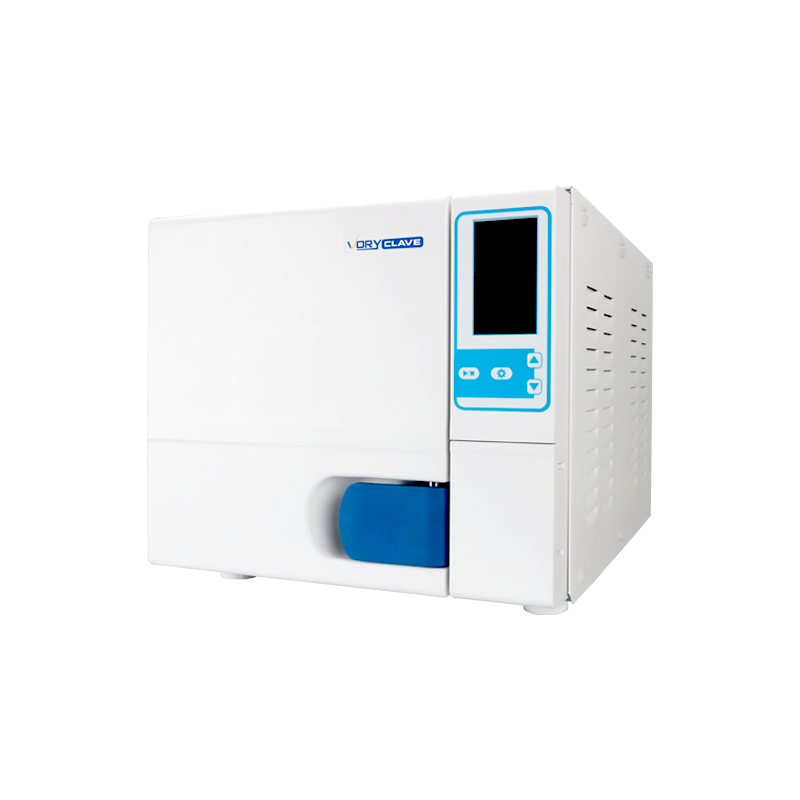
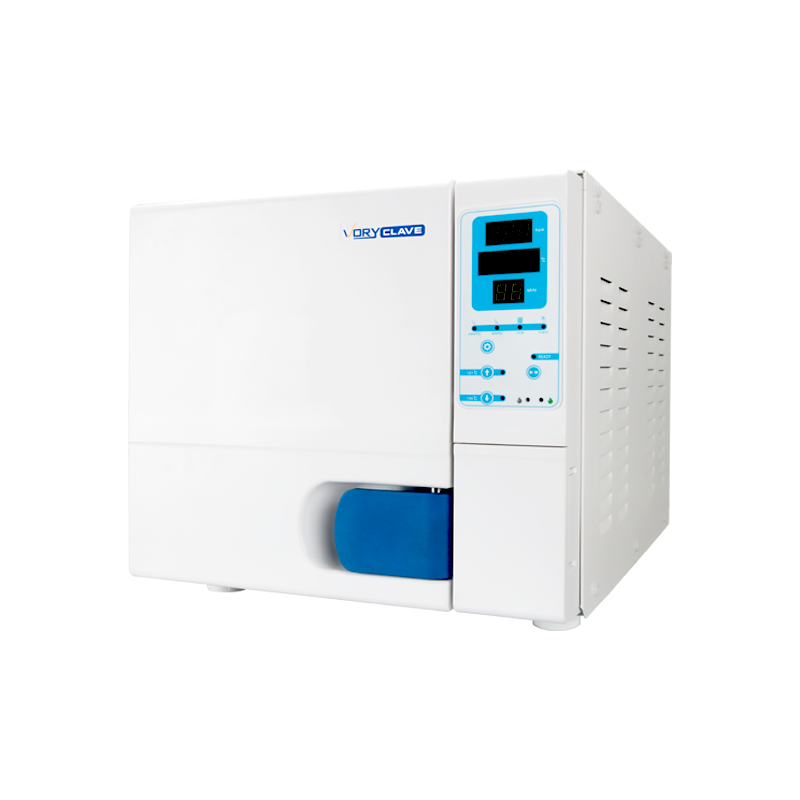
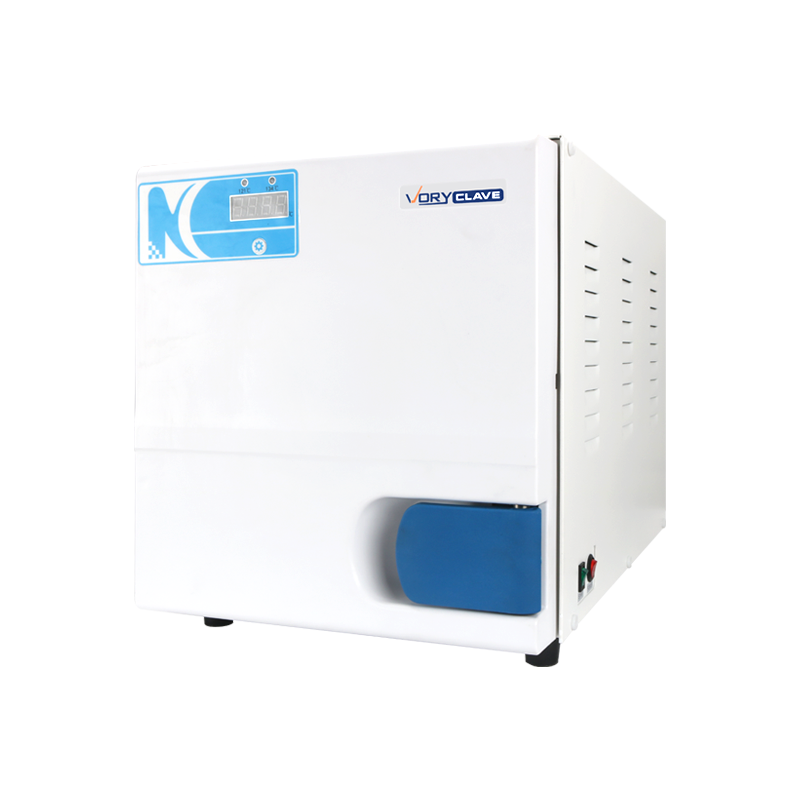
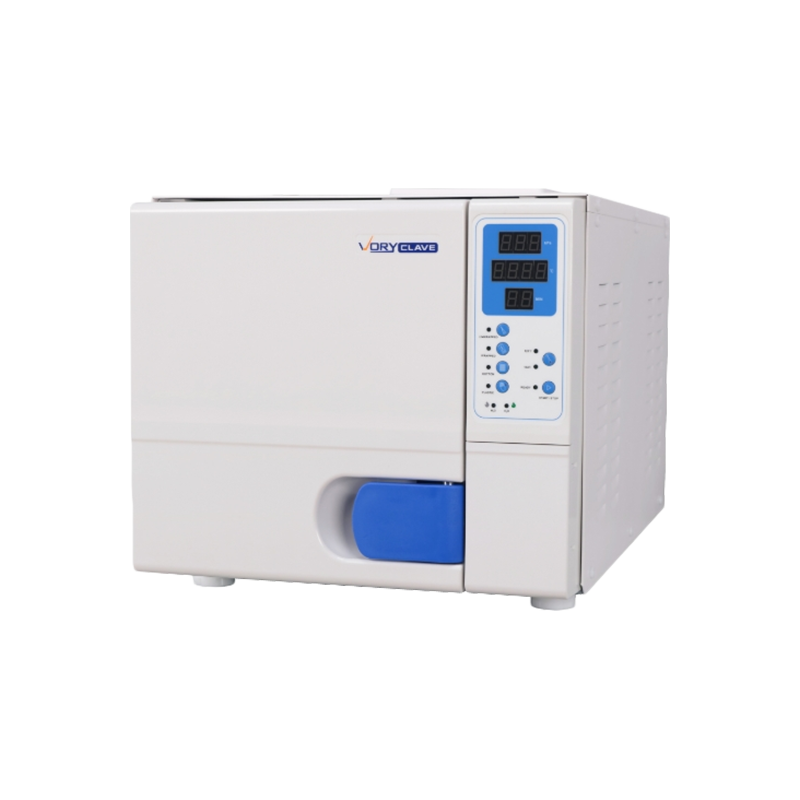
If you have any question for the installation
or need support, please feel free to contact us.
86-15728040705
86-18957491906